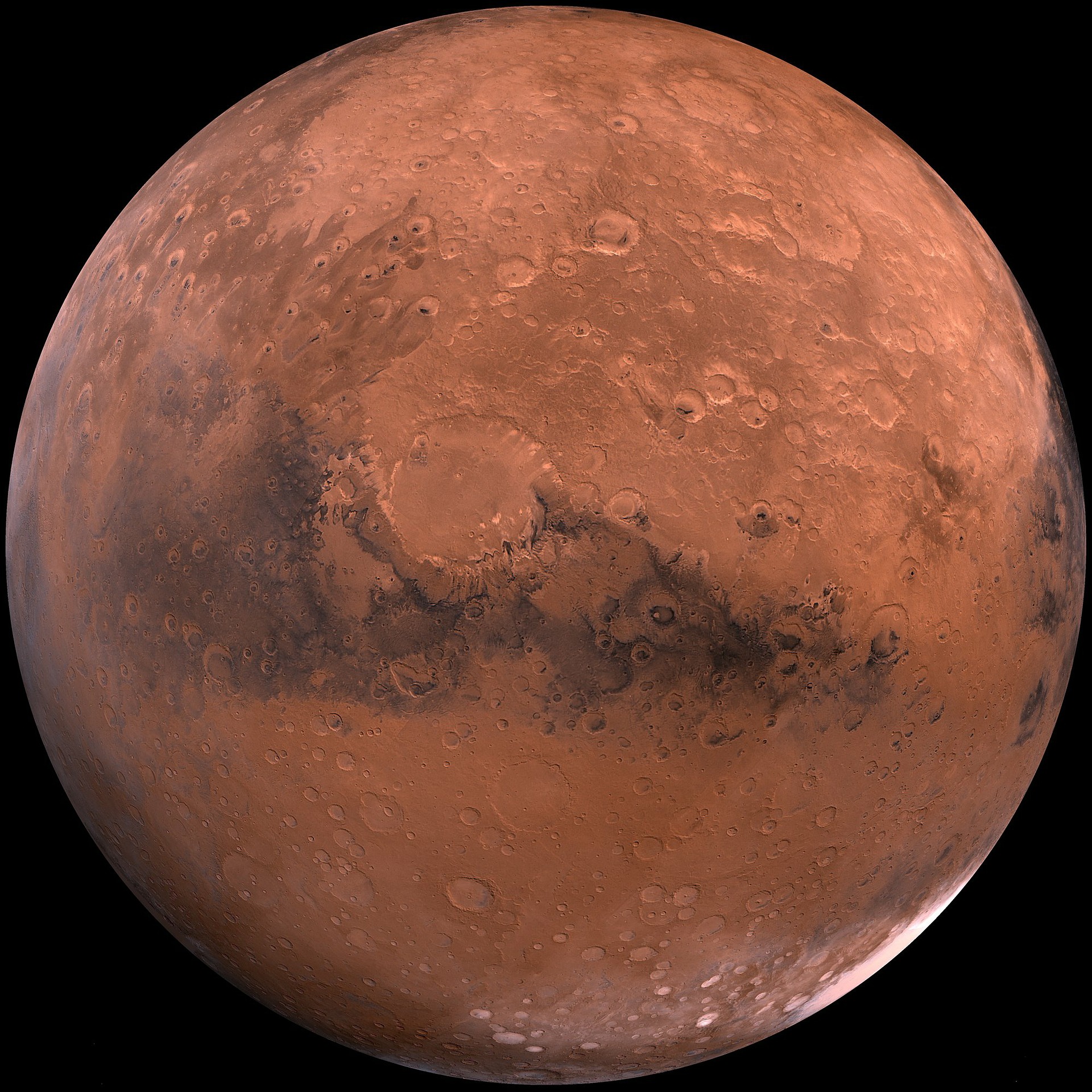Size of the universe and its further observation
When you say ‘universe’, you mean “time, space, and everything including the objects from an atom to galaxy clusters and super-clusters.” In a nutshell, the word ‘Universe’ means the totality of existence. Although man-made technology is considerably advanced now, it is still unable to scale the real size of the universe. Based on the available data from scientific and cosmological observations, the size only of the visible universe is unbelievably huge. It is 46 billion light-years to all directions from the earth. Unraveling more secrets about its size depends on how big progress scientists will make in further observation of the universe.
‘Distance’ factor for observation of universe’s size
For an observation of the universe, to measure the size and distance of the vast universe is not easy. When we talk about distances between places on the earth, we find a thousand miles to be too far. It takes hours for airplanes to reach from one corner of America to another. The distance of the Moon from here is approximately 384 thousand miles. Whereas, the Sun is nearly 93 million miles from our home planet. Similarly, Neptune lies 2.7 billion miles away. And, the Pluto, a dwarf planet, is in its motion at the distance of 3.1 billion miles from the earth. The Voyager-I, human kind’s most distant aircraft, has reached 125 astronomical units (AU). An AU is equal to the distance between the earth and the sun. Hence, the AU is useful as it is difficult to mention such too long distances in km or miles.

Then the ‘AU’ unit also gets too small when we want to measure the distance of our nearest star, Proxima Centauri. It lies 40,208,000,000,000 km or 268,770 AU away from the sun. To make observations of the universe, it is necessary to calculate the large-scale sizes and distances, which is not practical to do with km, miles or au units. So scientists have developed another unit called ‘light year’ with which we all are familiar. The Proxima Centauri, our closest neighboring star, is 4.25 light-years away from us.
It is the established norm that nothing can travel faster than light. The speed of light is able to go round the Earth 7 times in a second. Wow! The light makes 7 complete circles around the Earth in just a second? Sounds incredible, but it is the truth discovered through scientific experiments. And, the distance which the light travels with such a tremendous velocity in a single year is a ‘light year’. In this way, it takes the light 4.25 earth-years to reach the Proxima Centauri star. It is unimaginable to visit the nearest star with the present technology with the highest speed. The Voyager-I’s speed is 38,000 km/h. And with that velocity, it takes approximately 73,000 years for the craft to reach there. Unbelievable!. Therefore, only strong efforts of intelligent humans can develop further technology to go into deeper sizes and distances for further observation of the universe.
Possibility of Physical human approach to other worlds
Again, at least for the time being, possibility of any human approach to other worlds located in such vast distances is null. The nearest neighbors like Proxima are unimaginably far for us. So, it is non-worthy to assume planning a human journey to anywhere farther than that. From observations of the universe to date, billions of stars, most of them containing several planets, are flying all over the milky way galaxy. And, at the center, almost 26 thousand light-years away from us, lies a supermassive black hole. The black hole, having millions of times the mass of the sun, can never be a destination to travel physically. To all directions from it, the distance to the galactic boundary is assumed to be nearly 50,000 light-years.

Furthermore, when one goes across the milky way’s boundary, the intergalactic voyage begins. Our closest neighboring galaxy is the Andromeda galaxy, situated at about 2.5 million light years’ distance from the milky way. In addition, there are millions and billions of other such galaxies in the universe. With the help of highly advanced telescopes, astronomers have been able to record observations of the distance of up to 46 billion light-years in the universe to every direction from the earth. It means the total diameter of the visible universe is 92 billion light-years.
Findings from astronomical observations have indicated that the size of the universe is actually unknowable. However, scientists are rapidly developing technologies to view deeper and wider. In the future, new technologies may enable us to make many more observations about the size of the universe. No matter, whether we can see farther than that or not, the universe that came to our view by now is a lot more than enough. In my opinion, rather than trying to go farther with the telescope, we might want to gain as much details of the currently observable universe, as possible.


